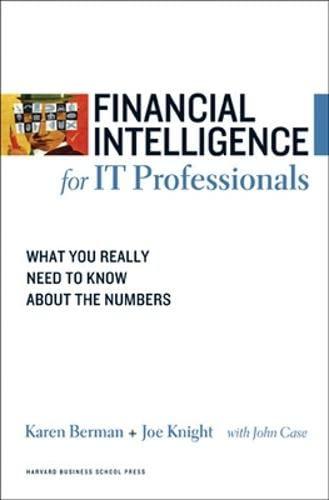The managing partner of your private equity firm is aghast to discover that a cruise ship line you own has bought a ship a long-term asset that will generate revenues in U.S. dollars and financed it with 90-day commercial paper at a rate equivalent to SOFR + .50%. As she rushes off to catch a flight to Asia she tells you: Fix this, fast. Get rid of the risk, and see if you can save us some money in the process. Whatever you do, dont get any banks involved they are vampires. By noon you have identified a counterparty that is that is willing to do a swap. It is a AA-rated U.S. aircraft manufacturing firm with long-term fixed assets that can issue U.S. dollar-denominated bonds at 8% or borrow dollars short-term at SOFR + .10%. The cruise ship line you own has a B+ rating and would have to pay 9.5% if it were to issue a long-term bond in the U.S. market. PLEASE SHOW THE GRAPHS FOR THIS QUESTION b.
- What are the risks the cruise line (and by extension your firm) faces as a result of the ship acquisition?
- Suggest an interest rate swap that would allow these entities to meet their risk management objectives. Show how the swap would be done and what the payments and receipts would be.
- What are the potential gains to the parties to the swaps, and how are they divided up in the swap you suggest?
***See attached an example of the required answers for question b.


A public utility has a relatively low credit (BBB) rating. It would like to match its long-term assets with long-term, fixed rate debt, but it finds longterm, fixed-rate funding expensive. An oil company has as a higher (AA) credit rating. It can issue fixed rate debt at low cost, but prefers to issue short-term commercial paper to fund its credit card receivables. The Treasurers of the two companies know one another and agree to do the swap without using a bank as an intermediary The public utility (BBB) can borrow in the bond market at 6.5% and can obtain a floating-rate loan from its bank that re-prices annually at SOFR + 0.50%. The oil company (AA) can issue bonds at 4.85% or issue A1/P1-rated commercial paper at 5 basis points below SOFR (SOFR - 0.05\%). a) Set up a possible swap among these firms. Show the potential gains, if any, to each party from the swap. b) What are the risks, if any, to each party to this swap? (Be specific.) a) One possible swap: Borrowing costs in the absence of a swap Note: The A1/P1 commercial paper rate is usually a little higher than SOFR, which is a rate on collateralized borrowing and therefore of low risk. It is the oil company's high (AA) credit rating that enables it to borrow a rate slightly below SOFR. Total potential gains to the swap: 165bp55bp=110bp One possible swap The public utilty and the oil company have swappedinterest payments. In effect they are making the payments on each other's debt. In summary Total potential gains from the swap =.50%+.80%=1.10% A public utility has a relatively low credit (BBB) rating. It would like to match its long-term assets with long-term, fixed rate debt, but it finds longterm, fixed-rate funding expensive. An oil company has as a higher (AA) credit rating. It can issue fixed rate debt at low cost, but prefers to issue short-term commercial paper to fund its credit card receivables. The Treasurers of the two companies know one another and agree to do the swap without using a bank as an intermediary The public utility (BBB) can borrow in the bond market at 6.5% and can obtain a floating-rate loan from its bank that re-prices annually at SOFR + 0.50%. The oil company (AA) can issue bonds at 4.85% or issue A1/P1-rated commercial paper at 5 basis points below SOFR (SOFR - 0.05\%). a) Set up a possible swap among these firms. Show the potential gains, if any, to each party from the swap. b) What are the risks, if any, to each party to this swap? (Be specific.) a) One possible swap: Borrowing costs in the absence of a swap Note: The A1/P1 commercial paper rate is usually a little higher than SOFR, which is a rate on collateralized borrowing and therefore of low risk. It is the oil company's high (AA) credit rating that enables it to borrow a rate slightly below SOFR. Total potential gains to the swap: 165bp55bp=110bp One possible swap The public utilty and the oil company have swappedinterest payments. In effect they are making the payments on each other's debt. In summary Total potential gains from the swap =.50%+.80%=1.10%








